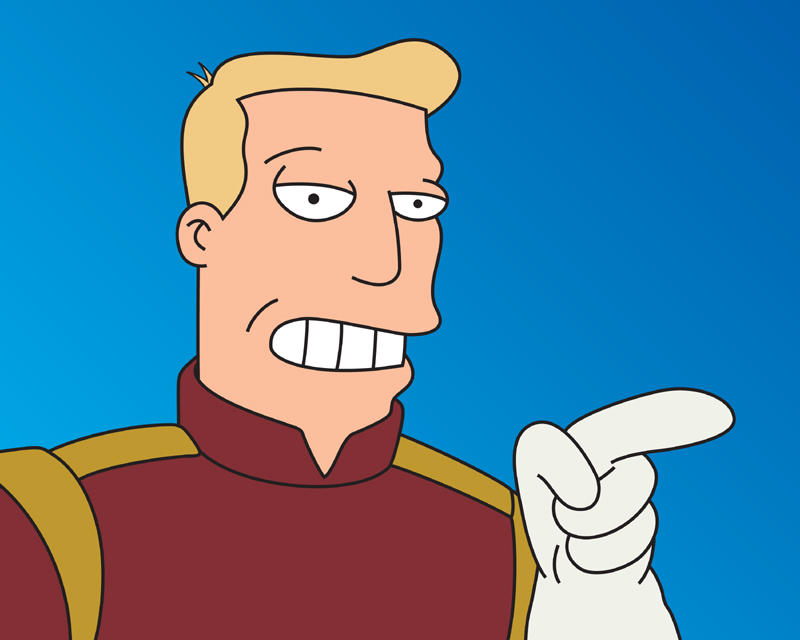Faerluna
I'm Complicated
- Messages
- 5,144
- Reaction score
- 6
CashMan;4565180 said:Patrick Stewart and I, share the same last name, so I like to think we are related...
:laugh2:
CashMan;4565180 said:Patrick Stewart and I, share the same last name, so I like to think we are related...
CashMan;4565180 said:Patrick Stewart and I, share the same last name, so I like to think we are related...
ScipioCowboy;4565206 said:But the timeline didn't change until after the Battle of Narendra III. It made sense that Tasha was alive because her death wouldn't have taken place until after the Battle. The ensuing war prevented her from her ever facing Armis in Skin of Evil. However, Praxis exploded before the Battle of Narendra III. Why would it have changed?
Yesterday's Enterprise doesn't follow the Many Worlds Interpretation of Quantum Mechanics (a la the new Star Trek movie); consequently, the timeline doesn't merely split when a deviation occurs, it actually changes. That's why they had to restore it.
Yeagermeister;4565400 said:Ok some of you are starting to scare me with your ST knowledge *cough* DE *cough* ABQ :laugh1:

ABQCOWBOY;4565306 said:As I understand it, after the destruction of Praxis, an alliance was formed between the Klingon Empire and the Romulan Empire. Two things drove the alliance. 1. Klingon's development of superior Drive Technology allowing for a significant increase in power generation. Romulans needed this design to accommodate their cloaking technology and 2. the Common enemy of both Klingon and Romulan (I assume this was the Federation and possibly Cardassia, possibly influenced by the Soliban). At that time, the Klingon Empire entered a phase in which the devoted virtually all of their resources into the Empire and not the Military. This was problematic for Romulas because they need Klingon's to continue to occupy the Federation because of the Treaty of Algeron which prevented hostilities between Romulas and the Federation. There were also certain factions within the Klingon Empire which did not want this drift between the Military to widen (Remember the House Duruas and the attempted Coup). Romulas certainly didn't want to see this happen and they desperately needed the new drive techology from the Klingon Empire. An alliance was created where by Romulas provide Raw Materials to the Klingon Empire in massive amounts in exchange for Ship Design improvements. This allowed the Klingon's to come back up to speed very rapidly.
This is how I believe it was explained.
CashMan;4565452 said:Was it explained in a book?
ABQCOWBOY;4565463 said:No, you have to piece together the histories of Romulus, Klingon and the facts known from both movies and series events.

Phoenix;4565540 said:My oh my.
Yeagermeister;4565472 said:http://img.***BLOCKED***/albums/v316/Yeagermeister/ogre.jpg



BrAinPaiNt;4565558 said:Oh and you can't go wrong with either 7 of 9 or T'Pol (sp?).
Although seeing a little more of T'Pol in the enterprise show tips my hand a little her way. :laugh1:

Busted.Yeagermeister;4565400 said:Ok some of you are starting to scare me with your ST knowledge *cough* DE *cough* ABQ :laugh1:

The theory which you refer to lacks indeterminism. In Branching Space Time (BST) theorum, histories can differ between separately created timelines. "Prior time" or "pasts" overlap future timestream branches. Some events can be preceived as exactly the same in different timelines, yet other events could be completely different. Indeterminism allows for this theoretical meshing of probable pasts and potential futures.ScipioCowboy;4565206 said:But the timeline didn't change until after the Battle of Narendra III. It made sense that Tasha was alive because her death wouldn't have taken place until after the Battle. The ensuing war prevented her from her ever facing Armis in Skin of Evil. However, Praxis exploded before the Battle of Narendra III. Why would it have changed?
Yesterday's Enterprise doesn't follow the Many Worlds Interpretation of Quantum Mechanics (a la the new Star Trek movie); consequently, the timeline doesn't merely split when a deviation occurs, it actually changes. That's why they had to restore it.
DallasEast;4565738 said:The theory which you refer to lacks indeterminism. In Branching Space Time (BST) theorum, histories can differ between separately created timelines. "Prior time" or "pasts" overlap future timestream branches. Some events can be preceived as exactly the same in different timelines, yet other events could be completely different. Indeterminism allows for this theoretical meshing of probable pasts and potential futures.

Okay. I'm moving well outside my element.ScipioCowboy;4565761 said:One problem with this:
Prior to sending the Enterprise C back in time, Captain Picard states that, if they are successful, the current timeline will "cease to exist." In BST, the separate timelines exist in infinity from the creation of the universe. They don't disappear. Consequently, the Yesterday's Enterprise timeline would've continued no matter what happened to the Enterprise C.

